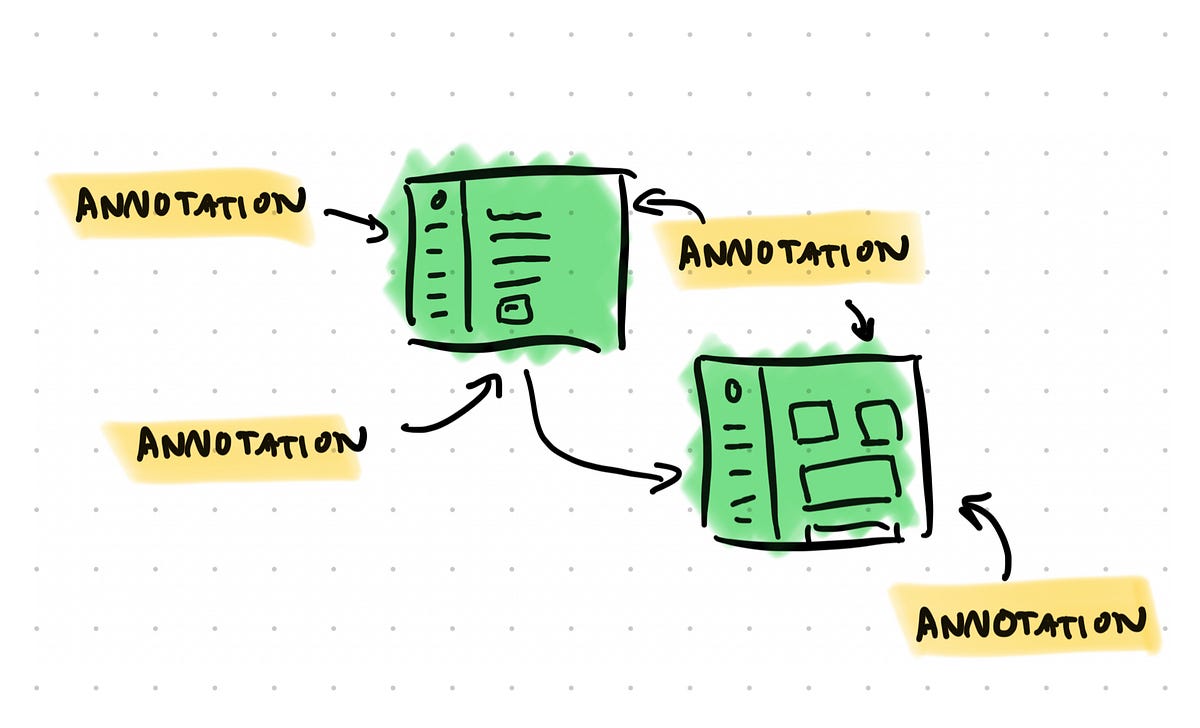
"I want to tell you about my favorite apple. It's incredible. It's hands down the most delicious apple of all time! When you see it hanging on a tree, its color invites you to come closer and take a bite. When it's ripe, the flavor is amazing, complemented with a delightfully pleasing texture. It's a fantastic fruit that fills you with delight."
"Now, what kind of apple did you imagine? Was it red, green, or yellow? Was the taste tart, sweet, or mild? Where did you imagine that tree...in a field, backyard, or in an orchard? Every person reading this description has a different kind of apple in mind. Yet, we're all speaking the same language, using the same terms to talk about the same apple. The language is the same, but the ideas in our heads are different."
"Imagine a product team spends weeks planning a major feature redesign. Everyone attends the kickoff meeting. The product manager presents the strategy doc. It's thorough. It's well-written. It covers all the bases. Heads nod around the room. Engineering gives a thumbs up. Architecture gives green lights. UX flashes a smile. The scope is clear. The goals are documented. Everyone agrees this is the right direction."
A vivid apple description shows how identical words can produce different mental images and expectations. Readers imagine apples with different colors, tastes, and settings despite using the same terms. The phenomenon is called the "illusion of alignment," where shared language creates a false sense of agreement. The illusion appears across meetings, design reviews, planning sessions, emails, and strategy documents. A product team can seem aligned after thorough documentation, approvals, and nods, yet later reviews reveal divergent expectations, confusion, and frustration as unspoken assumptions surface during implementation and critique.
Read at Medium
Unable to calculate read time
Collection
[
|
...
]